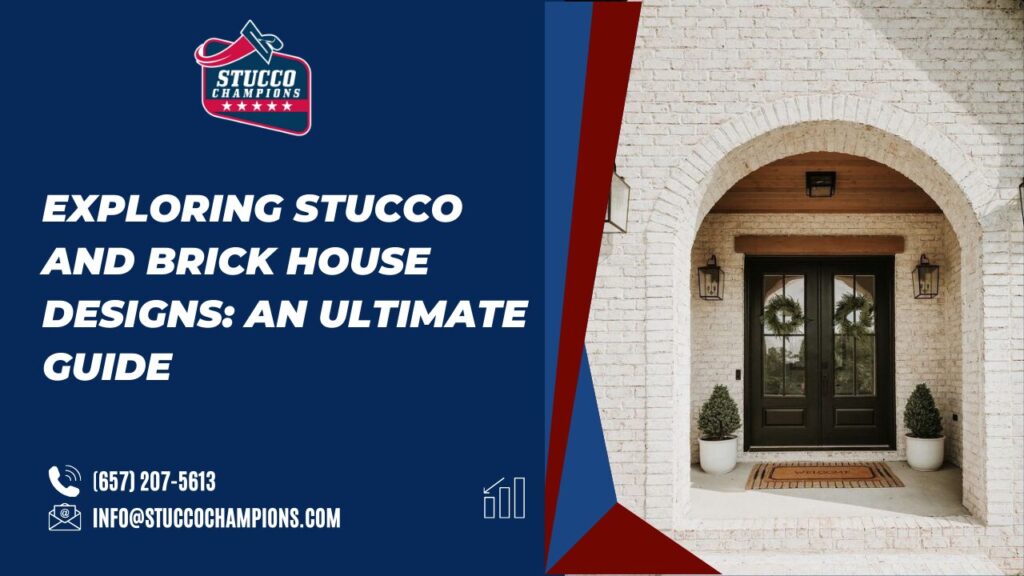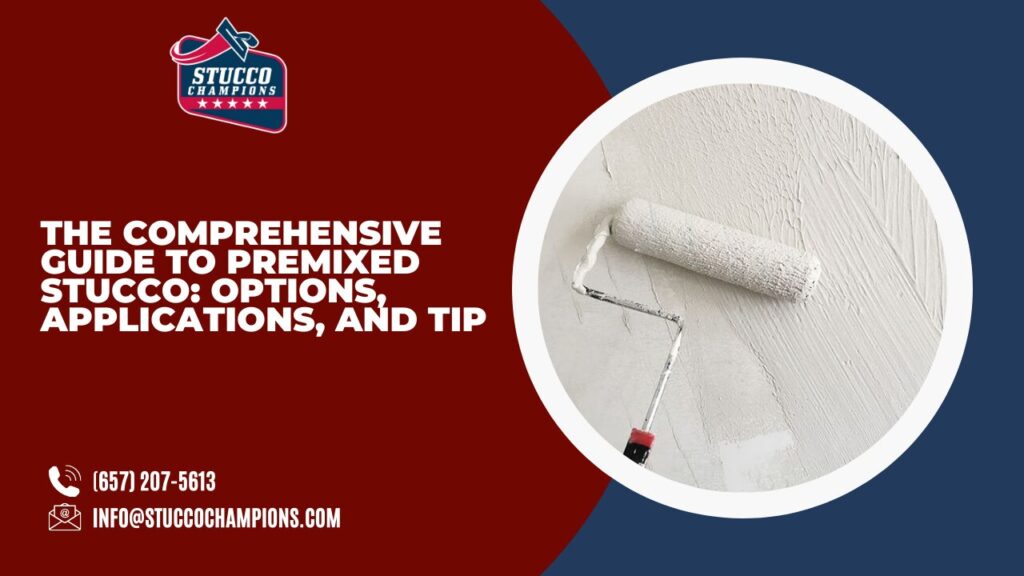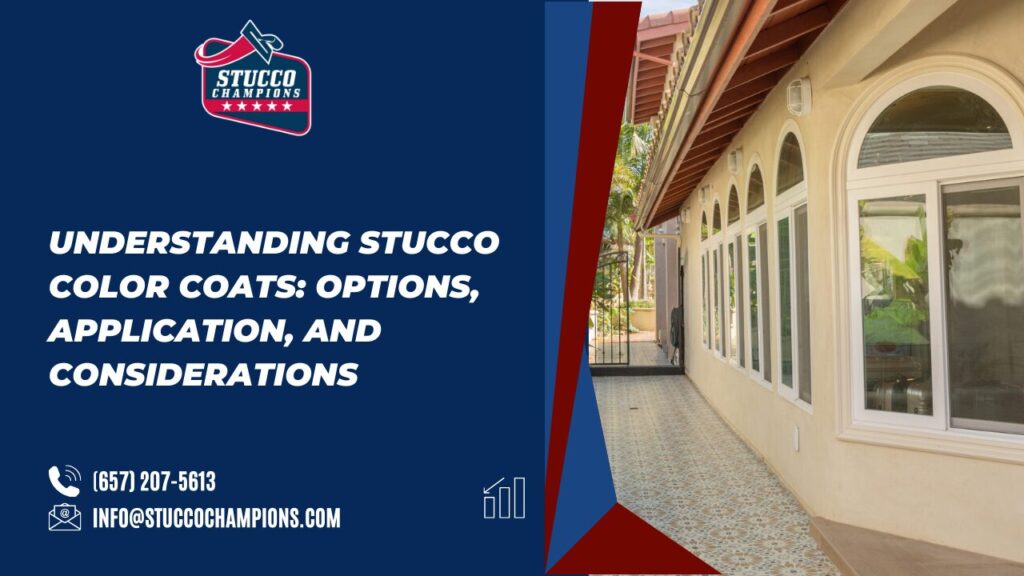Stucco and Brick: A Harmonious Blend
Stucco and brick, when combined, offer a variety of design aesthetics. This is not only a matter of personal taste but also a reflection of architectural styles and regional influences. The combination can vary greatly, from light-colored stucco with vibrant red bricks to more muted tones.
Regional Variations in Material Availability and Styles
The availability and style of brick and stucco can vary significantly by region. For instance, in some areas, red bricks might be more common, while in others, homeowners may have access to a wide range of brick colors and textures. The choice of stucco and brick should reflect not only personal preferences but also the architectural norms and materials available in the region.
Light Stucco with Red Bricks: A Classic Contrast
One popular combination is light-colored stucco with red bricks. This pairing often results in a striking contrast that enhances the visual appeal of a house. Different ratios of brick to stucco can dramatically alter the appearance, allowing for customization according to individual tastes.
Dark Stucco with Red Bricks: Subtle Integration
Darker stucco shades, particularly earth tones like tan, can mute the brightness of red bricks, creating a more integrated look. This combination is particularly effective in achieving a subtle, understated elegance.
Similar Stucco and Brick Colors: Cohesive Aesthetics
Choosing similar colors for both stucco and brick can result in a harmonious and cohesive appearance. This approach often involves selecting neutral tones like grays, tans, and whites, which can blend seamlessly while offering varied textures.
Contrasting Stucco and Brick Colors: Bold Statements
Contrasting colors for stucco and brick can make bold architectural statements. This approach isn’t confined to just white stucco and red brick; exploring different color palettes can yield unique and eye-catching designs.
Matching Stucco and Brick Colors: Uniformity and Accentuation
Matching the stucco color with the brick color can create a uniform look or accentuate certain architectural features. This strategy can be particularly effective in highlighting the texture and pattern of the brickwork.
Technical Considerations in Combining Stucco and Brick
When designing with stucco and brick, it’s crucial to consider potential moisture issues and structural considerations. The intersection of these materials requires careful planning to ensure water drainage and structural integrity are maintained. Understanding the construction aspects is key to a successful design.
Roof Colors and Material Choices
The choice of roofing color and material plays a significant role in the overall appearance of stucco and brick homes. Common choices include gray, black, and brown roofing colors, with materials ranging from asphalt shingles to metal roofing and tile roofs. The roofing should complement the stucco and brick colors while aligning with the house’s architectural style.
Stucco Color Choices
Neutral stucco colors like white, tan, and gray are prevalent in many designs due to their versatility. They pair well with various brick colors and styles, significantly influencing a building’s overall look and feel. The choice of stucco color can profoundly impact the aesthetic of a structure. White, tan, and gray hues offer a range of options to suit different architectural styles and preferences. Whether aiming for a modern, traditional, or minimalist look, these neutral tones provide a timeless appeal. Their ability to seamlessly blend with different materials and surroundings makes them a popular choice in architectural design. Ultimately, selecting the right stucco color is crucial for achieving the desired visual harmony and coherence in a building’s exterior.
The Importance of Stucco to Brick Ratio
The stucco-to-brick ratio significantly impacts a house’s aesthetic, ranging from subtle accents to dominant features. Designers must balance these materials for visual harmony, considering factors like color contrast and texture. This ratio defines the building’s character, whether modern or traditional, ensuring a cohesive design aligned with the architectural vision. Achieving the right balance enhances the overall appeal and personality of the structure, creating an inviting and visually pleasing exterior. It’s essential for designers to carefully assess and adjust the stucco-to-brick ratio to achieve the desired aesthetic outcome, ensuring that the architectural design reflects the intended style and atmosphere of the building.
Addressing Construction Challenges and Solutions
Incorporating stucco and brick requires attention to construction details to avoid potential issues. Properly sealing the intersection between these materials is crucial for preventing moisture problems. Additionally, considering structural support and compatibility is essential for long-lasting construction.
Further Research and Resources
For those interested in exploring stucco and brick combinations further, consulting architectural design books, building code manuals, and online resources can provide additional insights. These resources can offer a deeper understanding of regional styles, technical construction aspects, and creative design ideas.
Conclusion
Combining stucco and brick in-house construction offers a wide array of design possibilities, influenced by regional styles, personal preferences, and technical construction considerations. By understanding these factors and exploring various combinations, homeowners can create unique and appealing designs that reflect their tastes while ensuring structural integrity and compliance with local building codes. This approach to house design not only enhances curb appeal but also contributes to the diversity and richness of residential architecture.
Last week, we shared Yellow Stucco House Designs: An In-Depth Exploration, highlighting the warmth and vibrancy that yellow stucco brings to home exteriors. If you’re considering this sunny and inviting option, be sure to check out this detailed guide for expert insights!




